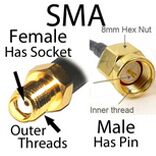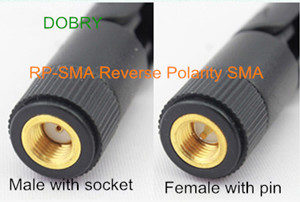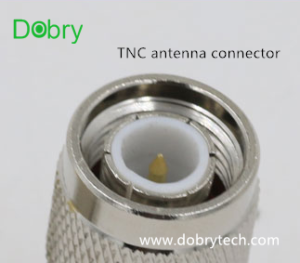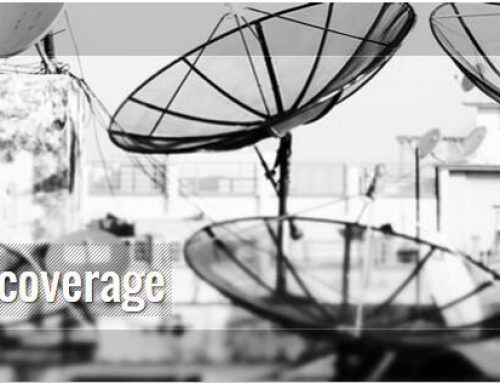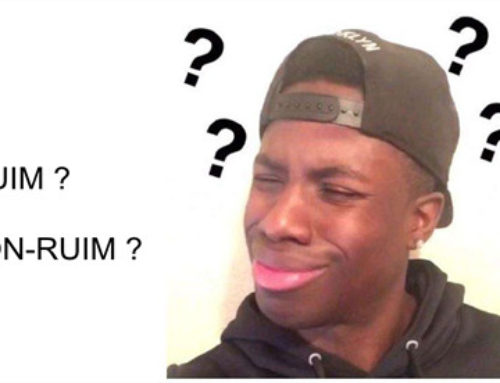Antenna is widely use in our lives. TV, router, modem, telephone, mobile phone, all communication products need antenna. Antenna helps wireless carriers to quickly increase capacity as well as deploy new spectrum in zoning challenged locations. These rugged all weather antennas are designed for years of reliable operation.Different machines use different antennas according to connector, function,application environment,etc.
Some of our customers complain that machines have noise. But, we find they work well after they send devices back to us. If change one place or pay more attention in antenna, the problem will be avoided.
Wondering how to choose the best antenna? It’s easy. These are five tips.
1, by antenna connector: RP-SMA reverse polarity SMA female and male antennas, SMA male and female antenna plugs, TNC plug, CRC9 plug,TS-9plug, IP-9 plug.
Check your machine antenna connector and choose correct plug for it.
TNC antenna connector
CRC9 antenna plug
2, by gain. With high gain, the antenna is with better signal.
Usually, 5CM antenna is with 3Dbi, 8CM to 10CM antenna is with 5Dbi, 3M antenna is with 12Dbi.
Up to 35Dbi. Before buy, please confirm antenna gain with supplier.
The more channels you are apt to get fluctuates depending on your distance from broadcast towers, the height at which the antenna will be installed, the type of residence you live in, and an array of other factors. If you live in a metro area, you’re likely to pick up quite a few more than someone who is rural and further away from the broadcast towers. Also, if you live in a rural area, you might want to consider a stronger, outdoor antenna vs. a lower-profile indoor antenna.
3, by working frequency. Different antenna has different working frequency. Find out what channels are available in your area. If you are not sure, you can check our previous blog about network world coverage map.
And the antenna networks as below.
CDMA networks:433/700/800Mhz.
GSM/GPRS networks:900/1.8G/1.9G/
3G WCDMA/ HSDPA networks: 2.0G/2.3G/2.4G/2.6G/2.7G1.2Ghz, 2.6Ghz, 3.5Ghz
4G LTE TDD FDD networks:
5G: 4.9Ghz, 5.8Ghz.
2G GSM network had stopped in some countries like Thailand, Singapore, Australia, etc. Before buy, users had better confirm working networks with supplier, and make sure antenna can match your machine. We usually use 3GM magnetic antenna for our terminals which is from 700Mhz to 2700Mhz including 2G GSM, 3G, 4G networks.
4, with WIFI or not. Almost 3G, 4G WIFI routers are with WIF. And vehicle-mounted antenna is with WIFI which is convenient for people surf Internet.
5, by material. Magnetic connector, rubber connector.
For the reason of application environment,antenna connector material would affect the signal and voice. One of our customers replies that magnetic head antenna would causes voice interference. In practical application, you can test sample and choose the best one for your device.
There are also all kinds of antenna types according to application places:
1, Built-in antenna:embedded internal antenna, which is designed to directly integrate into devices requiring wireless capability. By embedding these antennas directly into a device, the need for external antennas is eliminated. These highly efficient low profile PCB-based antenna solutions are ideal for embedded applications requiring integration flexibility.
2, Indoor antenna:short antenna from 5CM to 3M. Ceiling antenna.Generally speaking, if you live in an area that is close to the transmitter towers (approximately 30 miles), then an indoor antenna will do the job.
3, Outdoor antenna:yagi antenna, Periodic antenna, Omni-Directional antenna,DAS panel antenna,DAS Sector Panel antennas, signal booster amplifier.
These rugged all weather antennas are designed for years of reliable operation. If you live in a remote rural area, a long-range antenna is better for you.
If you are really far away from transmitter towers (50+ miles), you are going to have to invest in an antenna that is mounted on your roof.
Our wireless telephone and wireless modem use 10CM rubber antenna. Fixed wireless terminals use 3M antenna usually. For more info, please click here

